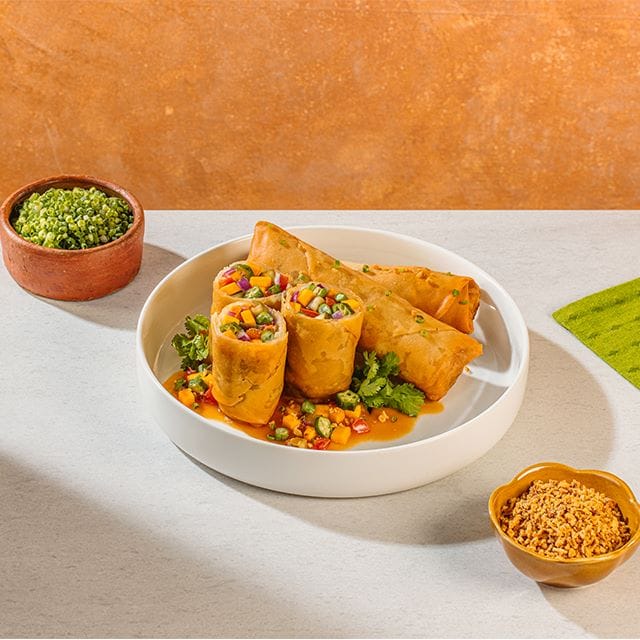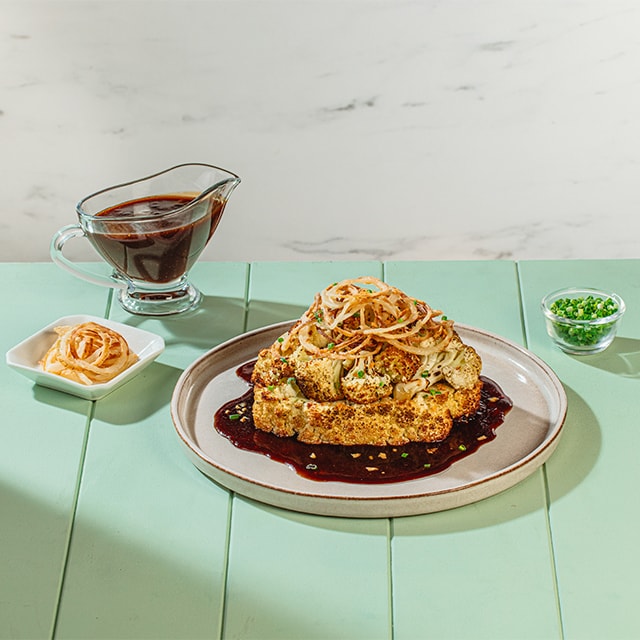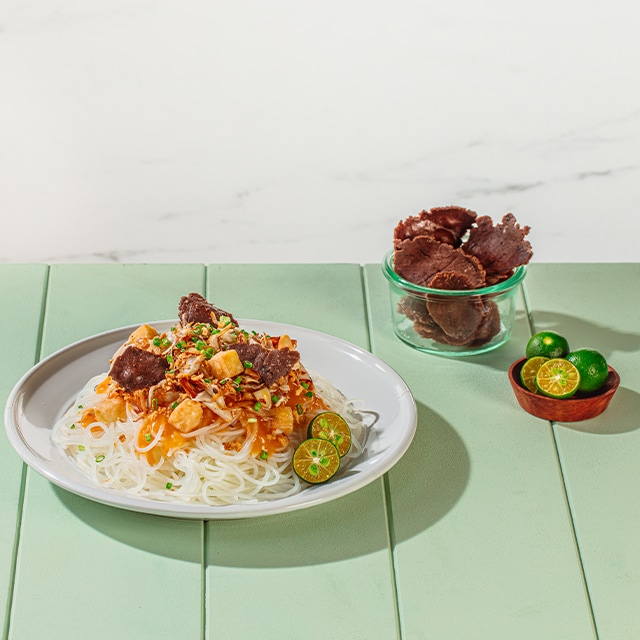How much do you truly love local? You can elevate your offerings by harnessing the rich bounties of the Philippines. Turn the spotlight on lesser-known Filipino ingredients deserving of global recognition! From the sharp tartness of batuan to the comforting texture of landang, all these can add excitement and authenticity to your menu – and set you apart.
Embracing the “Local Abundance” food trend goes beyond enhancing taste. It allows you to learn and hone innovative cooking skills and techniques, keeping your menu modern and attractive to a diverse customer base. This trend isn’t just about maximizing flavors; it’s also about fostering community and sustainability. By exploring these native ingredients, you support local and regional suppliers and contribute to a sustainable system.
Discover 12 uniquely Filipino cooking ingredients to enrich your dishes. Each one offers a taste of home and a compelling story to tell.

1. Asin Tibuok
Asin tibuok is a local artisanal salt with a distinct sharp and smoky profile with fruity notes. Produced through traditional sea salt methods, including smoking, this Philippine treasure can enhance the flavor of meats, seafood, or vegetables. You can use it as a cooking ingredient, but it’s also a terrific finishing salt. Grate it tableside over dishes and desserts.

2. Batuan
Batuan is a native ingredient abundant in the Visayas region. The tropical fruit offers a sharp, tangy flavor, perfect for dishes like kansi and sinigang. It can also add a zesty twist to sauces and marinades.
Chef Carlos “Pipo” Aluning showcases the fruit in his Crispy Beef Tadyang and Kansi Gravy Rice Bowl. “I was inspired to use batuan as a delightful twist on a traditional Negrense dish. This local souring agent is essential in every step, from cooking the meat to transforming the typically soupy dish into a crispy delight. I then used the simmering liquid to add an interesting layer of flavor to the sauce.”

3. Bu-o
Looking for a local shroom? Source bu-o and enjoy its earthy flavor and rich umami profile. This indigenous mushroom thrives in the mountainous regions of the Cordilleras. Young bu-o resembles button mushrooms, while mature ones develop a truffle-like texture sans the strong aroma. Use it in any recipe that calls for mushrooms, from soups and salads to pasta and pâté.

4. Kadyos
Kadyos, or pigeon pea, is a Visayan staple with a nutty, slightly sweet taste. It’s a key ingredient in KBL, a hearty stew of kadyos, baboy, and langka. The legume is also a terrific addition to salads and soups, providing a protein boost.

5. Etag
Etag is the Cordilleran version of bacon – smoky, salty, and full of character. The delicacy is made by salting and curing pork, then sun-drying, smoking, or fermenting it in earthen jars. The result is a versatile ingredient that can enrich the flavor of stews, soups, and many other dishes. Like bacon, its possible applications are endless.
Combine both etag and kadyos in this Filipino-Style Fabada. This fusion of Filipino food ingredients elevates the traditional stew with robust notes. “Excite diners with a Filipino-style, fabada-inspired pork and beans with langka, kadyos, and pinuneg (local blood sausage). This dish marries the heartiness of Spanish fabada with the vibrant flavors of Bacolod’s KBL,” explains chef Pipo.

6. Adlai
Also known as Job’s tears, adlai is a chewy, nutty ancient grain packed with protein, dietary fiber, and complex carbohydrates. You can use this gluten-free alternative in both savory and sweet dishes. Its versatility allows it to pair well with meats, vegetables, sauces, and seasonings. Try it as a rice substitute in these Grilled Pork Belly Mustasa Rolls.

7. Sampinit
Skip the pricey, imported berries and opt for sampinit! This native raspberry offers a balance of sweet and tart flavors. Plus, it’s ultra-versatile – use it in cakes, pastries, jams, and preserves. Or, add its tangy profile to salads and sauces. Treat sampinit as a star ingredient and not just a garnish.

8. Landang
Meet landang, native tapioca with a mild, starchy taste. It’s traditionally used in Visayan desserts like binignit (glutinous rice cooked in coconut milk) for its creamy texture and subtly sweet flavor. But landang is versatile beyond sweets. Try incorporating this Philippine ingredient as a thickening agent in soups, stews, and sauces.

9. Dugos
The Philippines also has dugos, a type of wild honey with natural sweetness and floral undertones. Unlike commercial honey, dugos is harvested from flowering plants and wild bees, providing diverse flavors and nutritional benefits. Use it to sweeten desserts, marinades, or dressings. Try drizzling this honey over kesong puti or mix it into barbecue sauce.

10. Sakurab
Sakurab is a native ingredient similar to scallions, known for its mild onion and garlic flavors. This versatile ingredient is a staple in Maranao cuisine, adding a fresh, aromatic lift to dishes like kinilaw and piaparan (chicken or seafood cooked with coconut). Highlight its unique taste in Piaparan Chicken Tacos with Lime-Garlic Dressing.

11. Tabon-tabon
Have you ever heard of this fruit from Northern Mindanao and Camiguin Island? Though it looks like chico outside, tabon-tabon is distinct for its citrusy profile with a hint of bitterness. Its pulp is prized for its medicinal properties and the ability to neutralize the fishy taste of seafood. Elevate your kinilaw by mixing the fruit’s pulp with a splash of Knorr Liquid Seasoning for a refreshing, well-balanced base.

12. Katmon
Another tropical fruit native to the Philippines, katmon features a sour and slightly astringent profile. This flavor makes it ideal for enriching chutneys, sauces, and seafood dishes. You can also cook it down with sugar and Filipino spices to create a tangy condiment that pairs well with inihaw or pinaputok.
These are just 12 of the countless Filipino ingredients you can showcase in your restaurant. Discover more by exploring the archipelago, trying more local delicacies, and uncovering other Pinoy food recipes. A treasure trove of flavors awaits! To learn more about the “Local Abundance” food trend, download the Future Menus report today.









